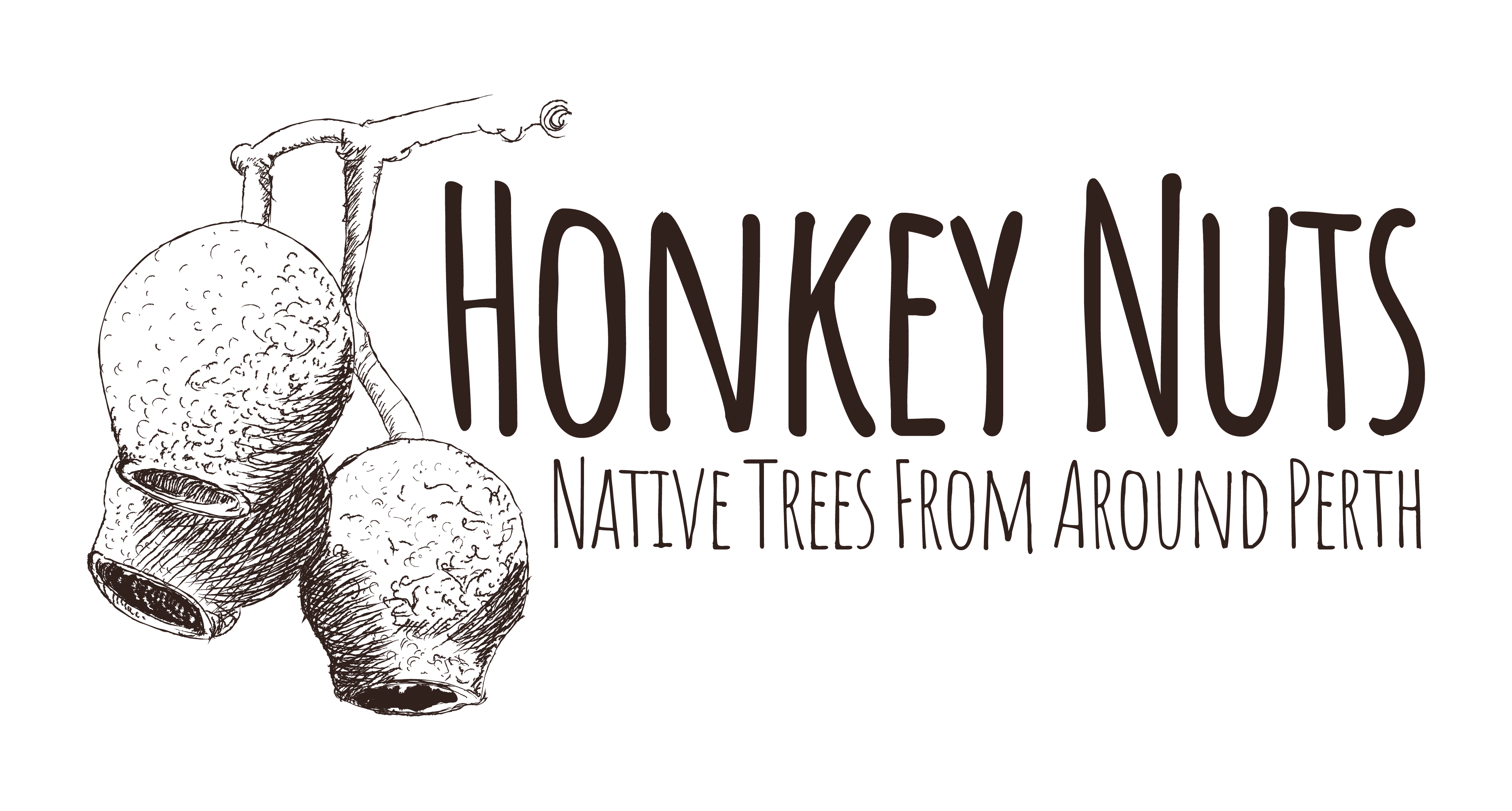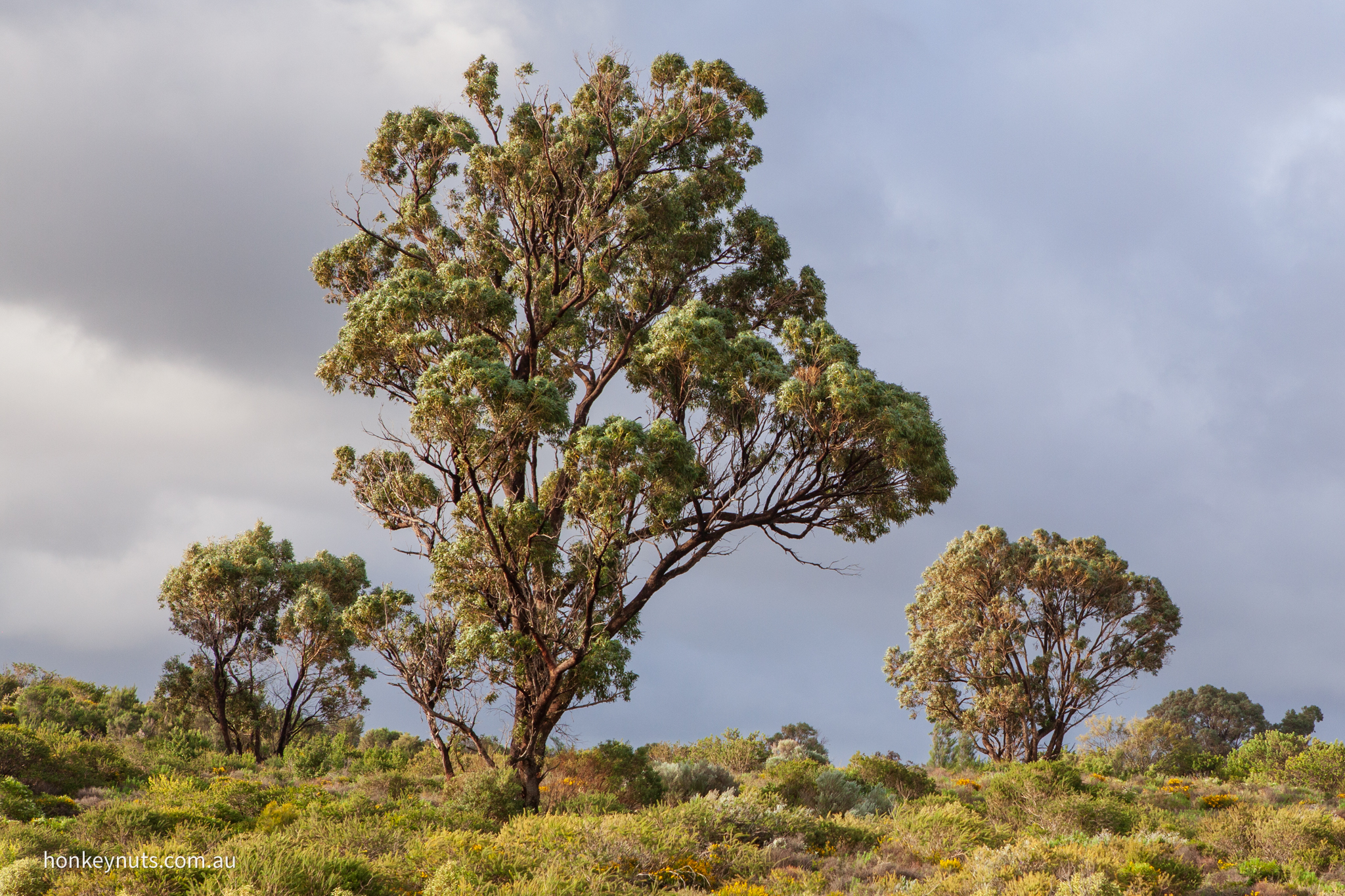Tuart usually occurs within 10 km of the coastline, where it grows readily in alkaline soil. It is the largest tree on the coastal plain both in height (over 40 m) and girth, although sometimes growth is restricted by salt-laden winds or limestone. It tends to fork from low down and spread outwards. The bark is rough, grey and pale and tuart was once commonly known as “white gum”. The buds look like ice cream cones or clubs. The species name refers to the buds – in Greek gomphos “club” and cephale “head”.
Ref:
“Leaf and branch: trees and tall shrubs of Perth” by Robert Powell. Published by the Western Australian Department of Environment and Conservation, 2009
“Eucalypts of Western Australia. The south-west coast and ranges”. Second edition. By Malcolm French and Dean Nicolle. 2024.
“Common trees of the south-west forests” by Judy Wheeler. Published by the Western Australian Department of Conservation and Land Management.

